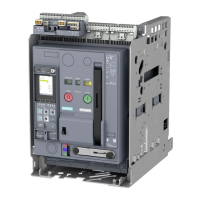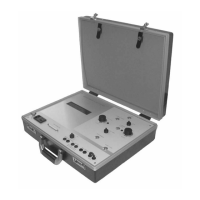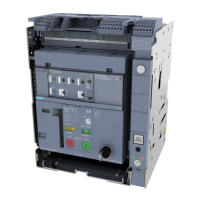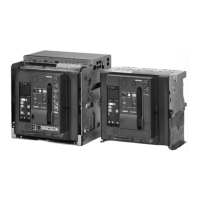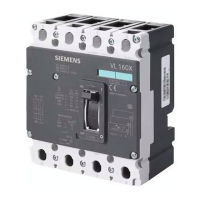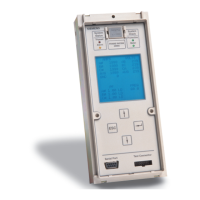Technical specifications
6.8 Failure probability acc. to B10 and B10d
3WA1 air circuit breaker
Equipment Manual, 02/2023, 92310000002-06
513
Premises
The determination of B10/B10d values acc. to IEC 62061 and ISO 13849-1 is based on
the following premises:
• The devices comply with product standard IEC 60947-2. They are used according to
this standard and operate under undisturbed operating conditions.
Undisturbed operation can be guaranteed under rated conditions provided the
inspection intervals are observed:
– At least 1 x per year
– After each short-circuit trip
– After five overload trips
– After 1000 rated current trips ≤ 1000 V
– After 500 rated current trips at 1150 V
– Additional check of downstream non-automatic circuit breakers
• As stipulated in ISO 13849-2, D.3, Table D.2, table row "Overdimensioning" and
IEC 62061, 6.7.9.2.2, Notes 1 and 2, the devices are subjected to underload such that
the current conducted through the switching contacts is less than half the rated
current I
n
.
• It is assumed that the circuit breakers will only be integrated in a safety function via
an undervoltage release (closed-circuit principle).
• B10 corresponds to the electrical endurance.
• The percentage of dangerous failures is 50% acc. to ISO 13849-1, Table C.1, Note 1.
• The B10d value is therefore calculated as: B10 / 0.5 = 2 x B10.
A lifetime (= T1 value) of 20 years is assumed.
According to ISO 13849-1, 3.1.28, 4.5.4 and C.4.2, the lifetime is the period which covers
the specified use of the device and during which the failure rate is regarded as constant.

